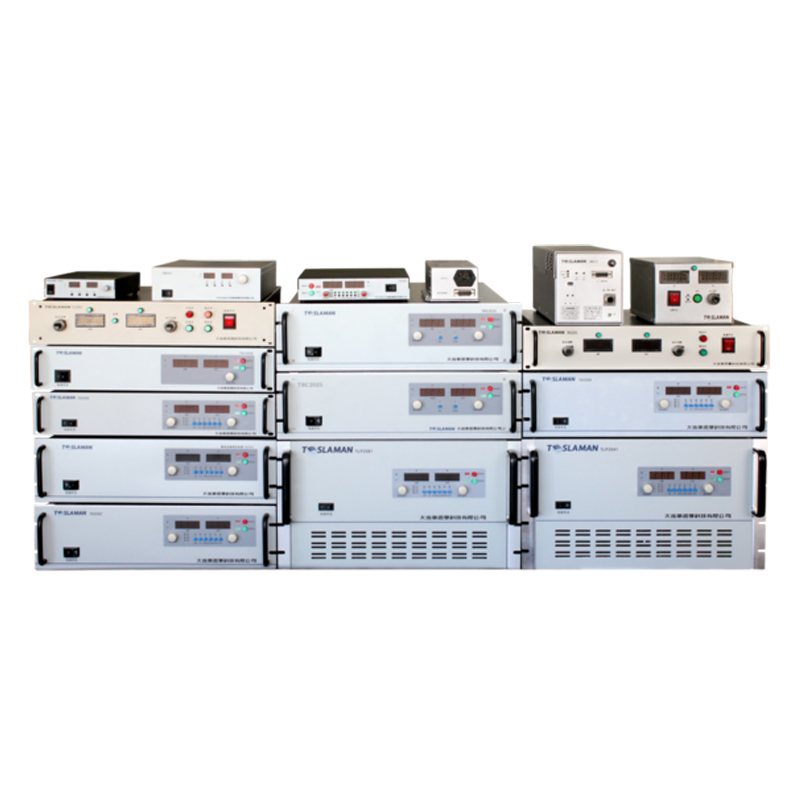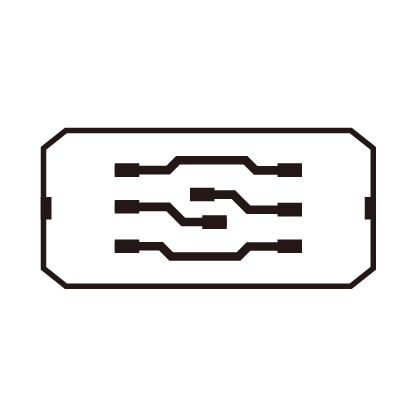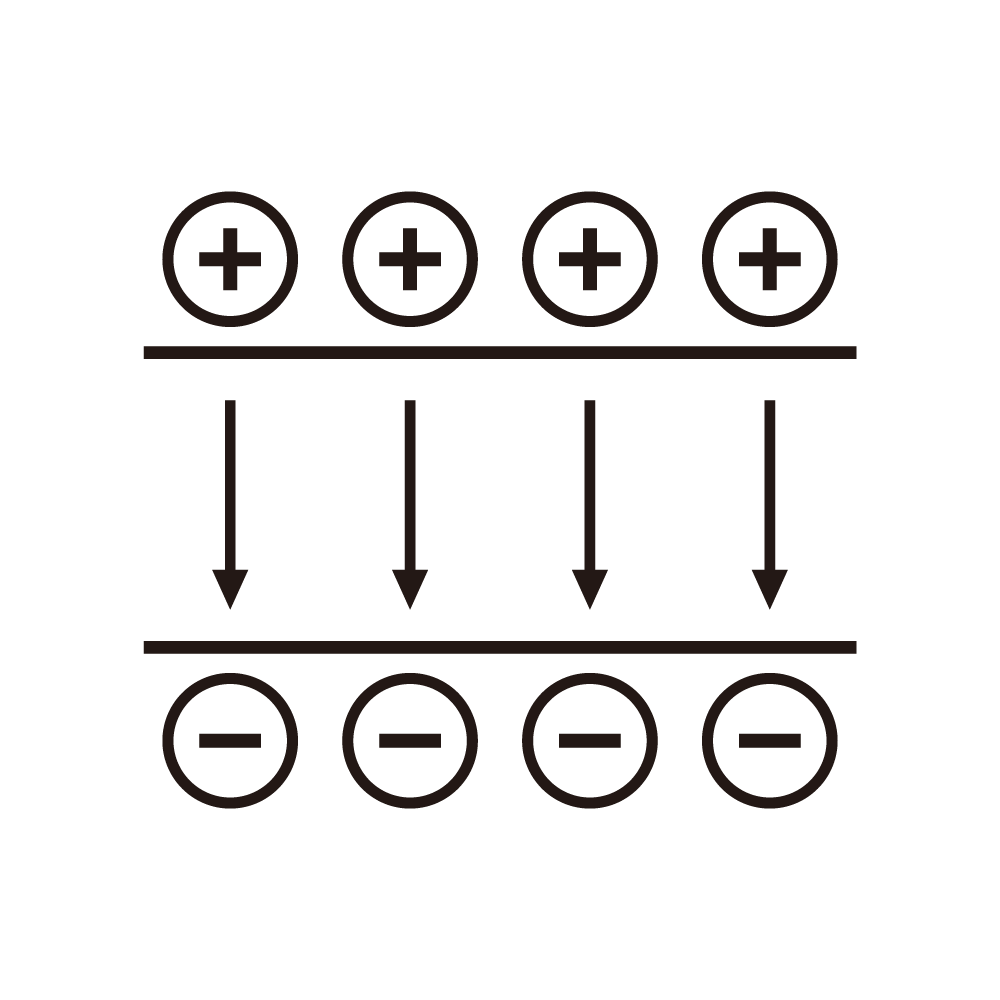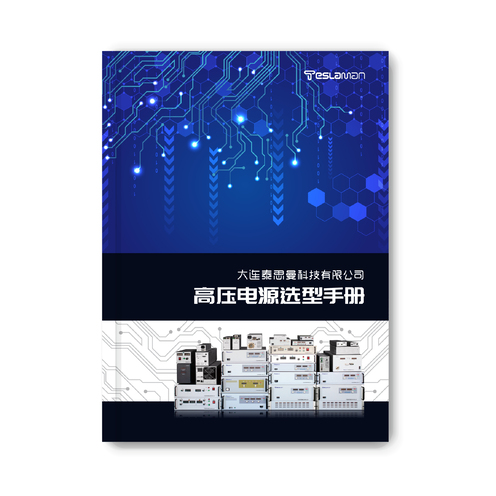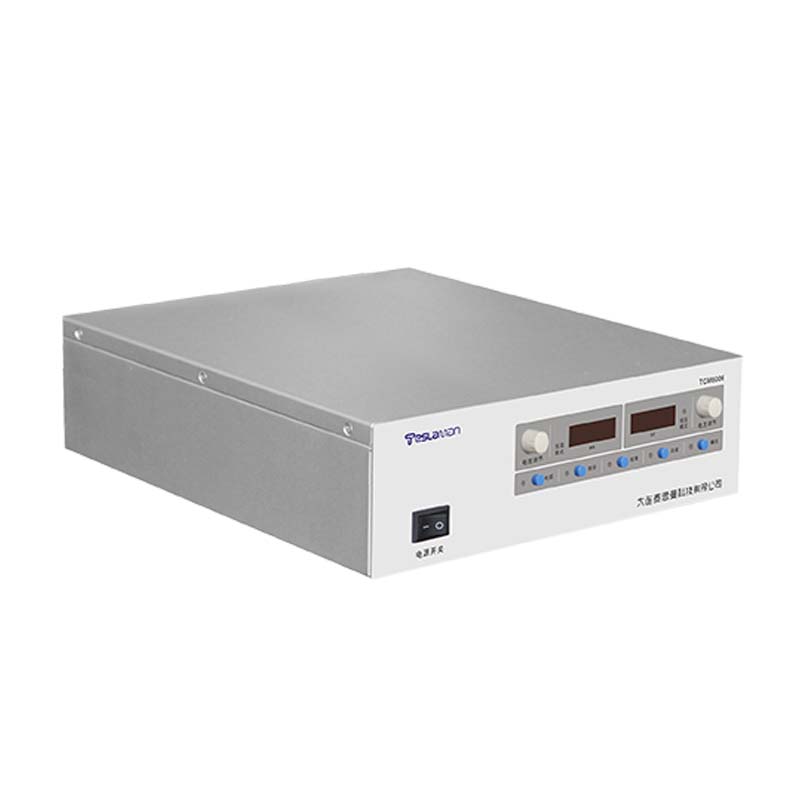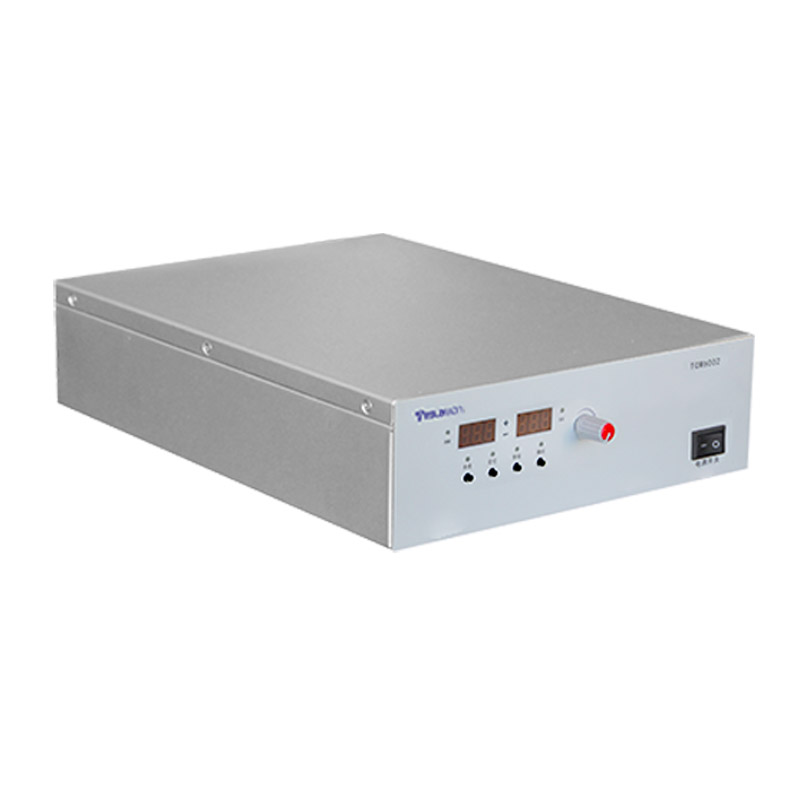Startup Strategies for High-Voltage Power Supplies in Semiconductor Testing
Abstract: This paper discusses in detail the startup strategies for high-voltage power supplies in semiconductor testing, analyzes their importance in the semiconductor manufacturing and testing processes, and elaborates on the key technologies and methods during the startup process, including soft-start technology, pre-charging technology, voltage and current monitoring and control, aiming to ensure the safe, stable and efficient startup of high-voltage power supplies, meet the strict requirements of semiconductor testing, and provide strong support for the development of the semiconductor industry.
I. Introduction
In the field of semiconductor manufacturing and testing, high-voltage power supplies play a vital role. They provide the high voltages required for various characteristic tests of semiconductor devices, such as breakdown voltage tests and leakage current tests. However, the startup process of high-voltage power supplies is not straightforward and requires carefully designed startup strategies to cope with the potential risks brought by high voltages while ensuring that the power supplies can quickly and stably reach the working state to meet the high-precision and high-efficiency requirements of semiconductor testing.
II. Soft-Start Technology
Soft-start is one of the commonly used strategies in the startup process of high-voltage power supplies. The core idea is to gradually increase the output voltage at the initial stage of power supply startup instead of applying the full-rated voltage instantaneously. This can be achieved by controlling the circuit to gradually increase the conduction duty cycle of the power switch tubes. Soft-start can effectively limit the inrush current at the moment of startup, avoiding damage to the internal components of the power supply and the semiconductor devices under test. For example, in some high-voltage power supply designs, a linearly ramp-up voltage waveform is adopted, making the output voltage start from 0V and gradually rise to the rated working voltage according to the preset slope. In this way, the startup current can be limited within a safe range, and the generation of electromagnetic interference can also be reduced, providing a relatively stable power supply condition for the semiconductor testing environment.
III. Pre-Charging Technology
For some semiconductor testing systems with large capacitive loads, pre-charging technology is the key to ensuring the normal startup of high-voltage power supplies. Before the power supply is officially started, a pre-charging circuit with a lower voltage is first used to charge the load capacitor to a certain level. In this way, when the high-voltage power supply starts to output a high voltage, the load capacitor will not have an instantaneous large current demand on the power supply, thus avoiding a significant voltage drop and possible unstable situations. The pre-charging process can be carried out by using a small constant current source for charging. The charging time and current magnitude are reasonably set according to the size of the load capacitor and the required pre-charging voltage to ensure the effect of pre-charging.
IV. Voltage and Current Monitoring and Control
During the startup process of high-voltage power supplies, real-time monitoring of the output voltage and current is an essential part. Through high-precision voltage and current sensors, real-time status information of the power supply output can be obtained. Once abnormal voltages or currents, such as overvoltage or overcurrent, are detected, the corresponding protection mechanisms should be immediately activated to stop the power supply output or adjust the output parameters to protect the safety of the power supply and the devices under test. Meanwhile, based on the monitored voltage and current data, closed-loop control of the power supply startup process can also be carried out. For example, according to the deviation between the actual output voltage and the preset startup voltage curve, the driving signals of the power switch tubes can be dynamically adjusted to make the output voltage rise more accurately according to the predetermined strategy, ensuring the stability and reliability of the startup process.
V. Startup Sequence and Logic Control
In a complex semiconductor testing system, there may be multiple high-voltage power supplies and other related equipment, and the startup sequence and logical relationships among them need to be reasonably arranged. Generally speaking, the auxiliary power supplies and control system power supplies should be started first, and then the high-voltage power supplies should be started, ensuring that all parts are in a normal working state before applying high voltages. Meanwhile, during the startup process, logical judgment and interlock control of the states of various power supplies and equipment should be carried out to prevent the abnormal operation of the entire system due to a failure of a certain part. For example, when it is detected that a certain low-voltage power supply does not output normally, the startup of the high-voltage power supply should be prohibited to avoid damaging the high-voltage power supply or semiconductor devices due to insufficient power supply.
VI. Conclusion
The startup strategies for high-voltage power supplies in semiconductor testing are a comprehensive technical system, involving multiple aspects such as soft-start, pre-charging, voltage and current monitoring and control, and startup sequence and logic control. Reasonably designing and implementing these startup strategies can ensure the safe, stable and efficient operation of high-voltage power supplies in the semiconductor testing process, provide reliable power supply guarantees for the accurate testing of semiconductor devices, and further promote the continuous development and progress of the semiconductor industry to meet the increasing demand of electronic products for high-performance semiconductor devices. With the continuous development of semiconductor technology, research on the startup strategies of high-voltage power supplies will also continue to deepen to adapt to new testing requirements and higher performance requirements.
